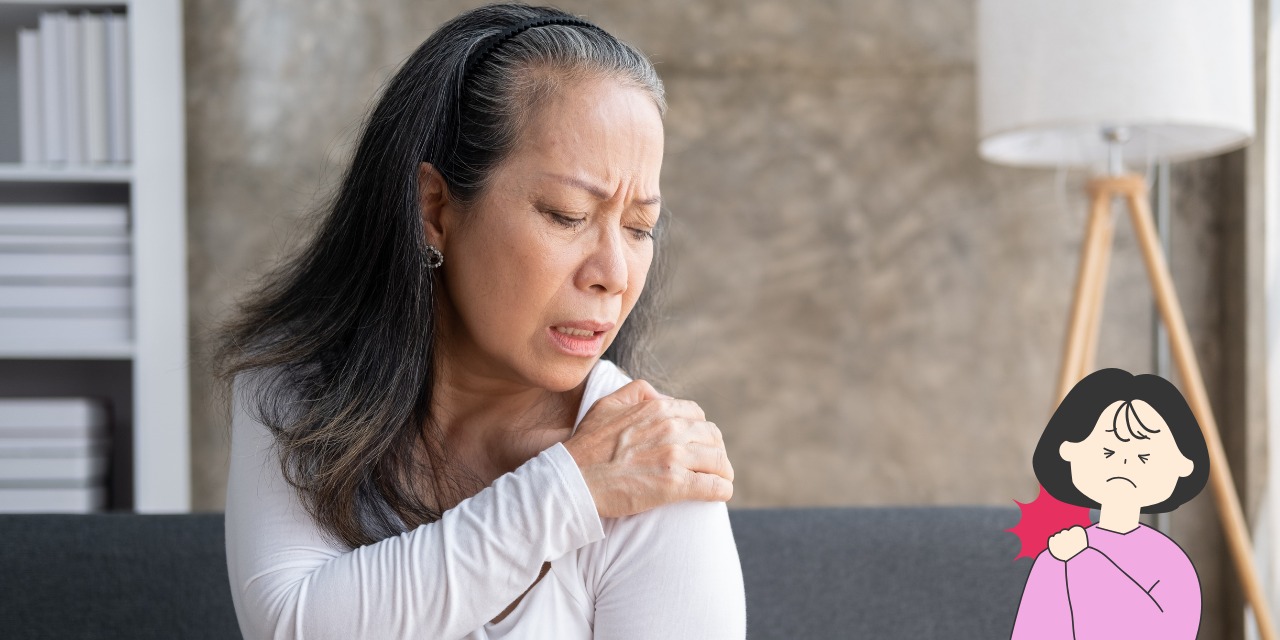As the temperatures drop during winter, many people notice their joint pain intensifying. This common discomfort can interfere with daily activities, leaving you feeling stiff, achy, and less active. While some may dismiss it as a seasonal annoyance, persistent joint pain could indicate a deeper issue requiring professional attention.
Why Does Winter Trigger Joint Pain?
Cold weather can exacerbate joint pain for several reasons:
- Reduced Blood Circulation: Colder temperatures cause blood vessels to constrict, reducing blood flow to joints and muscles.
- Stiffness from Inactivity: Winter often leads to a more sedentary lifestyle, which can increase stiffness in joints.
- Barometric Pressure Changes: Fluctuations in atmospheric pressure can cause joints to swell, leading to discomfort.
If these symptoms are mild and occasional, home remedies such as staying active, using heat therapy, and maintaining a healthy diet may help. However, if the pain persists or worsens, it could be time to see an orthopaedic specialist.
When to Consult an Orthopaedic Specialist
Ignoring ongoing joint pain might lead to complications that impact your mobility and quality of life. It’s essential to seek expert advice if you experience:
- Persistent Pain: Pain that doesn’t subside even after rest or medication.
- Swelling and Inflammation: Visible swelling or redness around the joint.
- Limited Mobility: Difficulty moving the joint or performing everyday tasks.
- Recurring Symptoms: Pain that returns with increased intensity each winter.
Orthopaedic specialists can diagnose the root cause of your discomfort and provide tailored solutions to help you regain pain-free mobility.
Possible Causes of Winter Joint Pain
Winter joint pain isn’t always related to cold weather; it can sometimes signal underlying conditions such as:
- Arthritis: Osteoarthritis or rheumatoid arthritis often flare up during winter.
- Bursitis: Inflammation of the fluid-filled sacs that cushion joints.
- Tendonitis: Irritation of the tendons due to overuse or injury.
- Old Injuries: Fractures or sprains from the past may become painful in cold weather.
Early diagnosis and treatment are crucial to prevent these conditions from worsening.
Treatment Options for Winter Joint Pain
Once you consult a specialist, they may recommend a range of treatments, depending on the severity and cause of your joint pain:
- Physical Therapy: Exercises to strengthen muscles around the joint and improve mobility.
- Medications: Pain relievers, anti-inflammatory drugs, or supplements like glucosamine.
- Lifestyle Changes: Diet modifications, weight management, and staying active.
- Advanced Treatments: In severe cases, options like corticosteroid injections or surgery might be necessary.
An orthopaedic expert will create a personalized treatment plan to ensure lasting relief.
Conclusion
Don’t let winter joint pain take over your life. Addressing the issue promptly with expert guidance can prevent further complications and help you live comfortably. If you’re experiencing persistent or severe discomfort, it’s time to consult Dr. Rohit Malhotra at Malhotra Hospital Orthopaedic Centre for specialized care. Their team offers effective joint pain treatment in Panchkula, ensuring you receive the best care possible.
Take the first step towards a pain-free winter today! Call +917302217302 to book your appointment.












